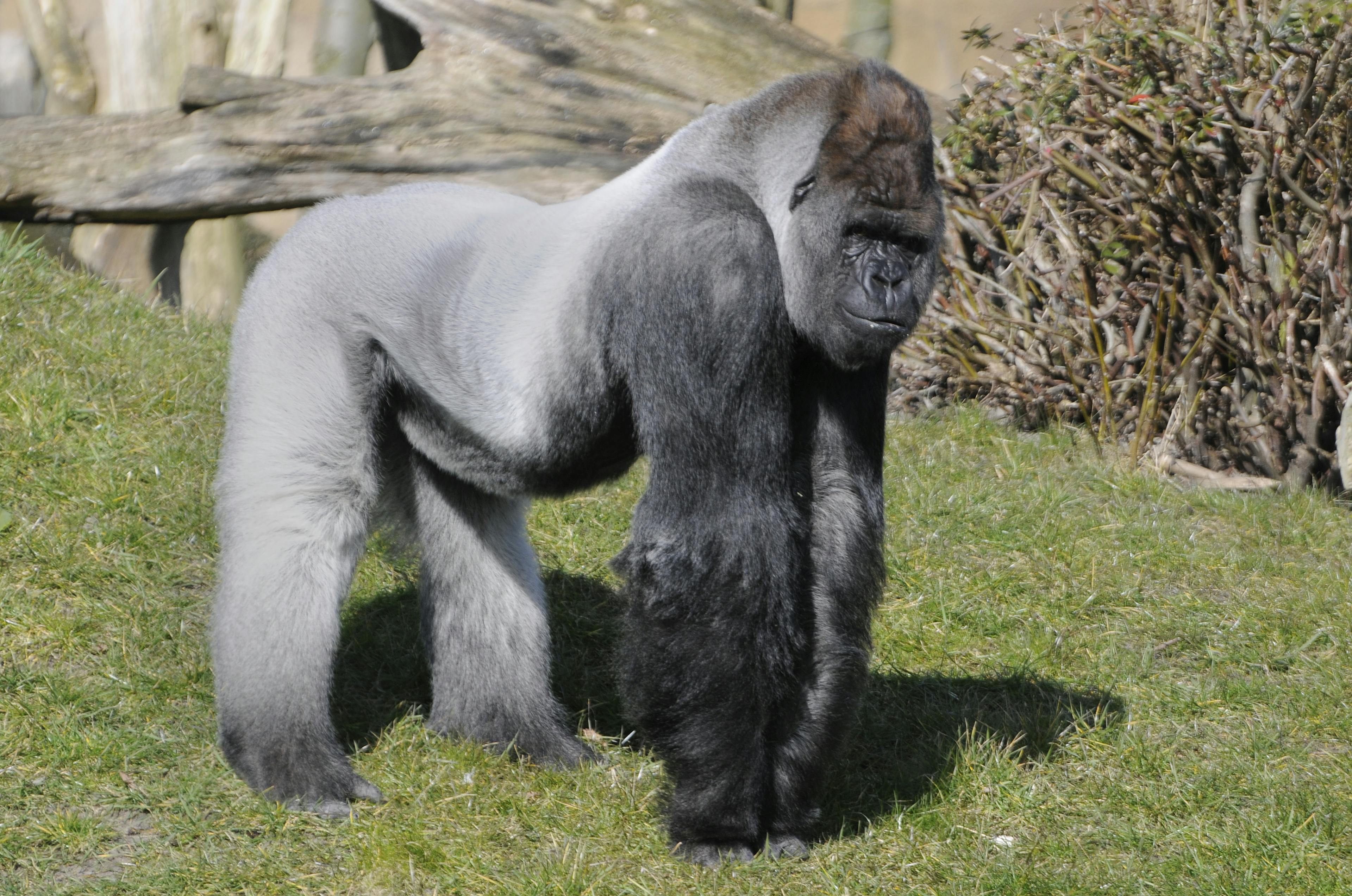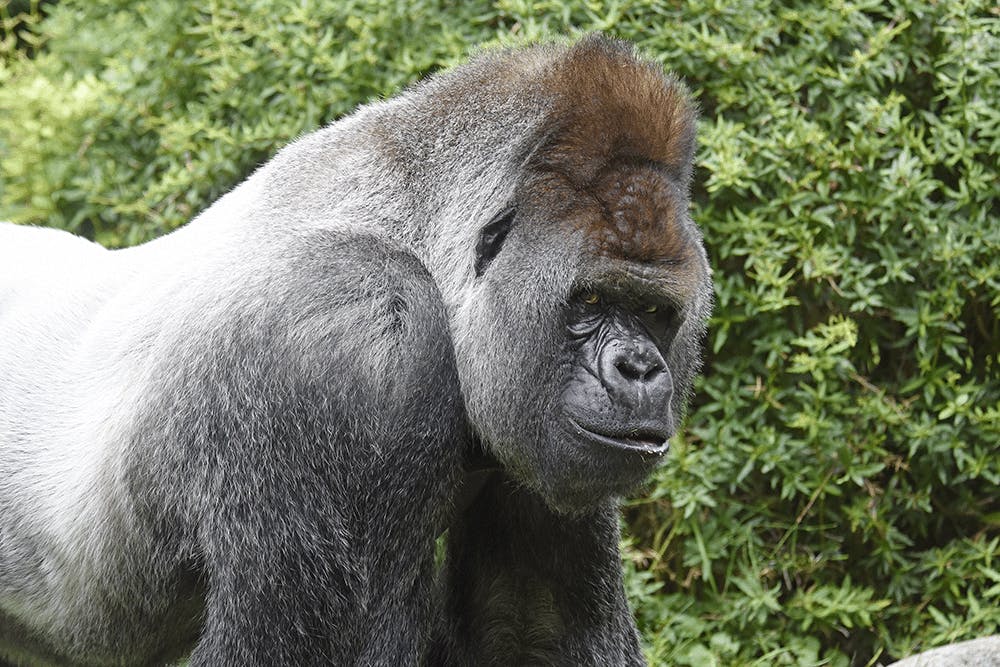

Blijdorp Pays Last Respects to Bokito






In April 2023, Diergaarde Blijdorp bid farewell to perhaps its most famous resident ever. Silverback Bokito passed away at the age of 27 due to heart failure. The Rotterdam zoo immediately decided that this impressive and beloved animal deserved a dignified destination. The imposing gorilla was therefore made available to science.
In line with the new mission and vision of Diergaarde Blijdorp, it was a simple sum. An animal that meant so much to the city and the zoo should continue to make an impact even after its death. Therefore, the Rotterdam gorilla was transferred to the University of Leuven in Belgium, where he will be the subject of a comprehensive study on the musculoskeletal system.

With Bokito, science gets a unique opportunity to perform a CT scan on an adult male gorilla. Weighing over 220 kilograms, this is quite a challenge. Prof. Evie Vereecke: “Bokito is so broad and heavy that he doesn’t fit in a regular CT scanner. We had to look for a special scanner that is also used for horses.” Therefore, the research is conducted in collaboration with the Faculty of Veterinary Medicine at the University of Ghent. In the first phase of the research, a digital 3D model will be created of Bokito's skeleton. This will provide an inexhaustible source of information for researchers worldwide.

After the CT scan is made, researchers will closely examine the shoulder joint of the Rotterdam gorilla. This is part of a larger research project examining the structure and function of the shoulder in different apes. Unlike notorious swingers and climbers like orangutans and gibbons, gorillas, bonobos, and chimpanzees prefer to stay on the ground. The research aims to determine the impact of their lifestyle and movement on muscles and joints. What are the differences and what can we learn from the anatomy of our closest relatives? All individual muscles will be measured, weighed, and documented. The mobility of each joint will also be determined.
In addition to the Belgian researchers led by Professor Vereecke, researchers from abroad will also join the study. Prof. Vereecke: “For science, Bokito is so valuable that we want to gather as much information as possible from this unique animal. To make this possible, we will put together an international team of researchers. It is rare that we get a chance to study a gorilla!”

Bokito will forever be intertwined with Rotterdam. That's why Diergaarde Blijdorp and the Natural History Museum Rotterdam have jointly decided that the silverback, who escaped in 2007, will be added to the museum's collection. A team of preparators from the Natural History Museum is involved in the research and will ensure that the fur and skeleton are ultimately preserved in Rotterdam. To prevent the world-famous ape from becoming an attraction, Bokito will be kept in storage for at least 10 years and not be visible to the public and the press. This way, this special family man and beloved gorilla will receive a dignified farewell.